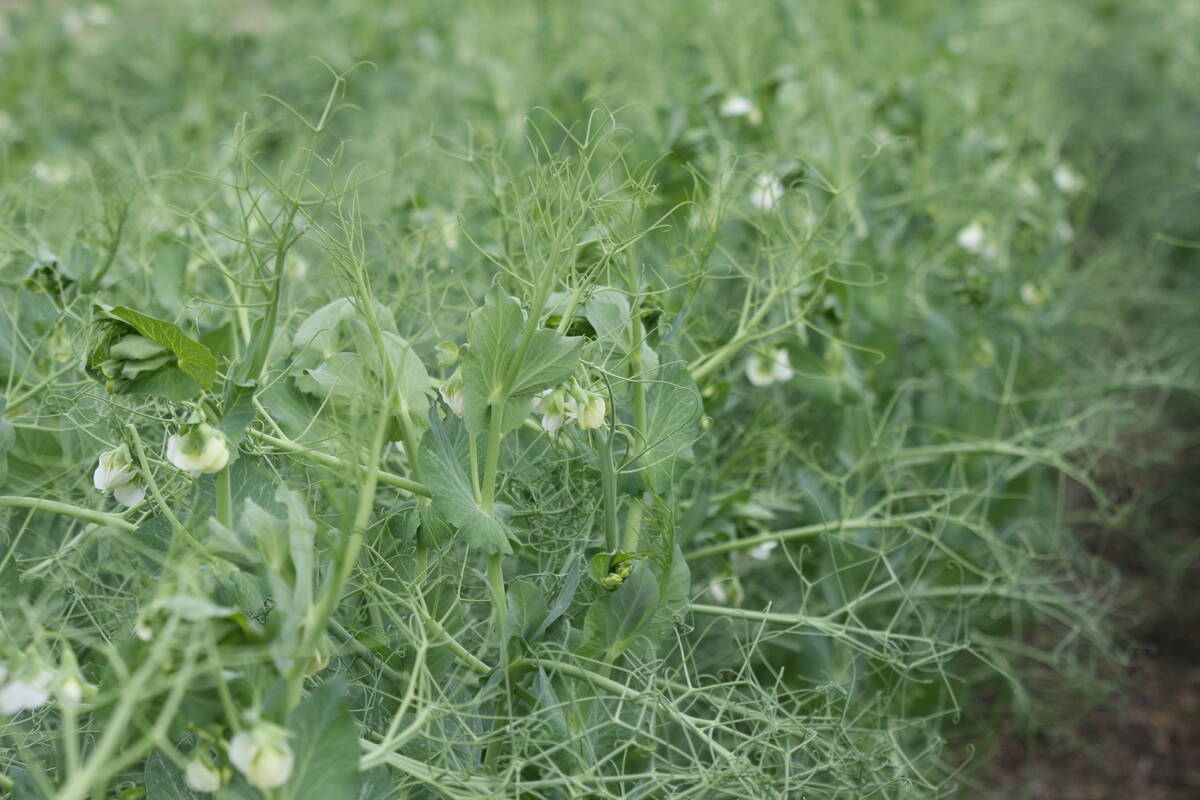Farmers should forget about selling their poor quality 2010 lentils into the feed market, says the world’s largest processor of the crop.
“We don’t subscribe to the view that this is going to be fed to livestock. This will be sent to India. It will be sent to Turkey,” said Murad Al-Katib, president of Alliance Grain Traders Inc.
“The prognosticators that talk about it being fed to livestock don’t think about the fact that millers in the world who have excess milling capacity will continue to mill this stuff.”
Read Also

Russian pulse trouble reports denied
Russia’s pulse crop will be larger than last year, which won’t help prices rally from their doldrums.
Stat Publishing editor Brian Clancey said in a recent market report released by Saskatchewan Pulse Growers that a minimum of 370,000 tonnes of lentils needs to be diverted into feed markets.
That’s more than half of the 700,000 tonnes of lentils that Alliance expects to be carried into the new crop year.
Clancey said growers must reduce their price expectations for the 370,000 tonnes of sample grade lentils left in the system, which is product with more than 10 percent damage.
Al-Katib said some lentils have been sold for feed but they had 40 percent damage. The lentils left in the system have five to 18 percent damage and can be processed.
“We’re milling them and many companies around the world are milling them,” he said.
Al-Katib told investment analysts during a recent conference call that Alliance will continue processing poor quality 2010 product until it’s gone, even if better 2011 crop is available. That’s because there is good money to be made.
“We won’t return to premium quality product in some of our plants. We’ll keep rolling with this stuff because the margins are better,” he said.
Al-Katib said it may take another year to chew through supplies of the poor quality 2010 harvest.
The industry is taking steps to ensure growers don’t try blending 2010 product with what everyone hopes will be a better quality 2011 crop, he added.
“There’s going to be some very stringent marketing conditions on the new crop in terms of maximum wrinkle percentages allowed to limit the blending of old crop and new crop.”

















